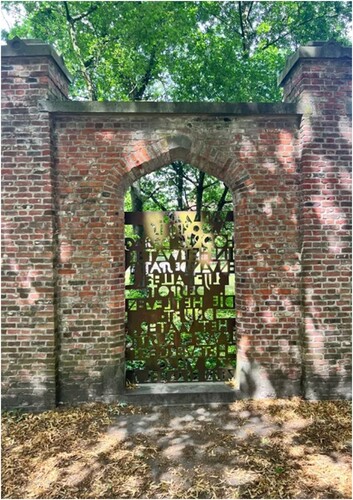Figures & data
FIGURE 1. Framework adapted from Mezirow (Citation1994).
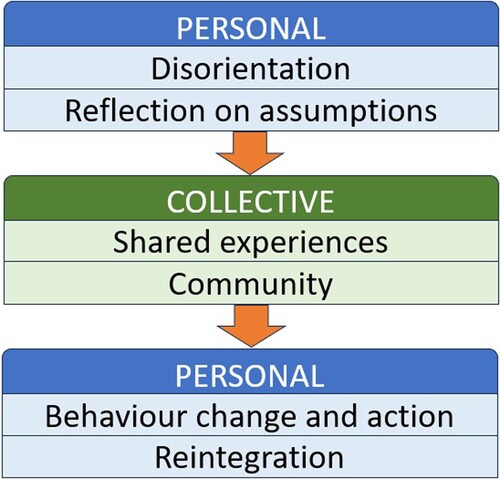
FIGURE 2. When you reflect back on the six years of DLAB, the things that drew us together were problems to solve, like floating cities, what if the sea level rose. Something in common, having something to build upon, a wicked question, or a problem – [it] draws you in, and pulls you together.
![FIGURE 2. When you reflect back on the six years of DLAB, the things that drew us together were problems to solve, like floating cities, what if the sea level rose. Something in common, having something to build upon, a wicked question, or a problem – [it] draws you in, and pulls you together.](/cms/asset/2b0abff8-f6fa-4b64-b7ab-7a3aeab3b801/rvst_a_2325614_f0002_oc.jpg)
FIGURE 3. There's so much information, and you have to ‘undo it’ – you have to decode it. I felt … embarrassed that people from the other countries could speak, you know, three or four languages. And I know the project language was English so that's fine, but it did really matter. That's one of the reasons I’ve started to learn a language.
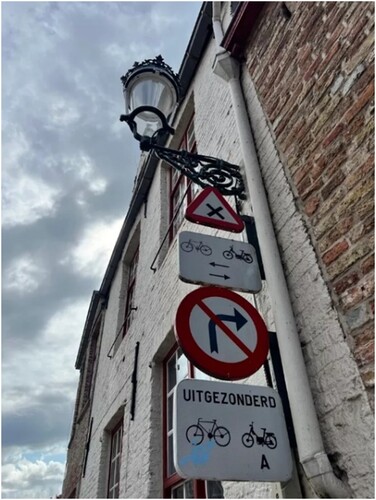
FIGURE 4. We went on the boat as we were learning about the history of Bruges … there was wonderment and I think they realised actually how special it was, that it wasn't just that they were abroad, or in Bruges, they realised the history … it needed something external I think to the project maybe just to shift it and say we’ve got the shared experience now and let's have a go …
and it was new for all of you
we experienced it together
you were all in a new place – a novel place.
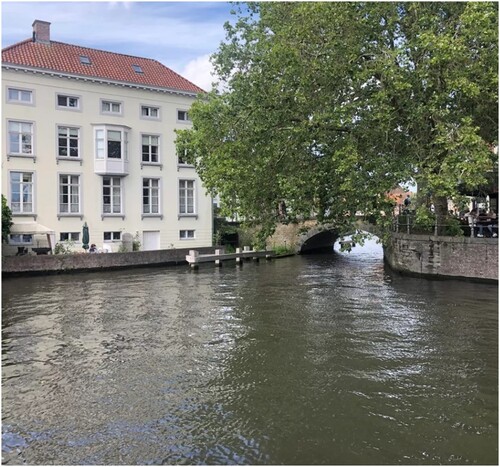
FIGURE 5. We’ve grown for six years [in DLAB], but each year we’ve welcomed in people who offered new things.
![FIGURE 5. We’ve grown for six years [in DLAB], but each year we’ve welcomed in people who offered new things.](/cms/asset/940a817f-4393-4622-8f91-5a6915eb3ec0/rvst_a_2325614_f0005_oc.jpg)
FIGURE 6. And I think we did succeed in creating what we call the DLAB identity, which is a lot to do with being active, with being effective, with making things happen, with being excited about things, with wanting to communicate and break down barriers.
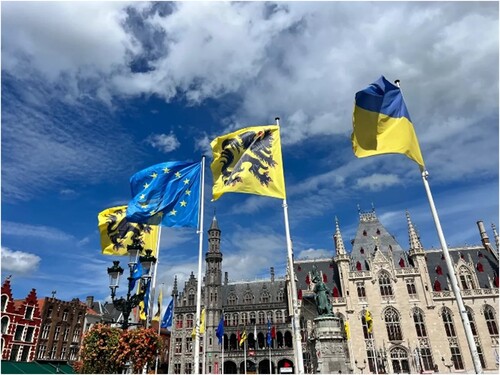
FIGURE 7. I’m thinking about how knowledge evolves. I want to use the term rhizomatic learning which basically describes learning that takes place through a kind of root system or a network or an evolving system, so doesn't go one direction, it evolves in lots of directions and it's led by the people who are involved with it. And it's unpredictable; it's not preconceived …
it's intuitive
it’s based on the connections and the intuitions
the needs of the group
insights that people make together, when they engage together. And that describes how learning went into DLAB.
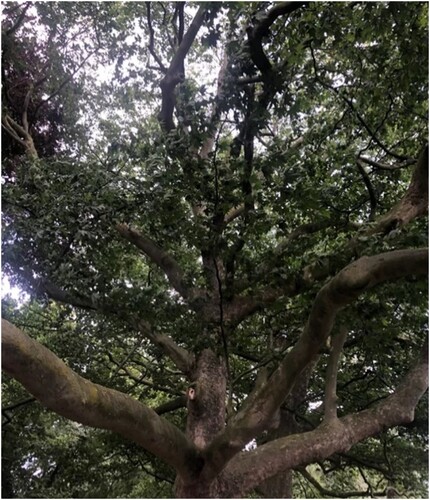
FIGURE 8. … makes me think how we use contemporary technologies in the project, and how we were trying to solve problems in the way that those people, the people engineering those things were solving problems, and how they were trying to draw on new strategies and new technologies.
We used a lot of design thinking, so that divergent thinking, open the lock gate, let everybody speak, bring your ideas, and then we close it again, let's bring it back in, and let's concentrate on what we want to do. It's a great way to solve problems.
We used technology – making our own, being creative with virtual reality. People were making – they were using virtual reality to create … to share each other's worlds.
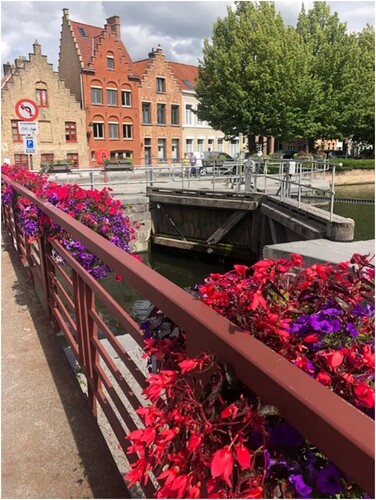
FIGURE 9. … trying to make sense of it for myself so that I could make sense of it for the students I was working with … it was always visible, and it was always there, with support. I could see where I was heading and was able to cross the boundary into the new role.
